What I Learnt This Week 15: The Assassin Bug, The Brain Signals, Skin Bacteria, The Use of Video Games, and The Retina Scan
Today should be nice, I'll just try to make sure I don't exceed my word limit because I've been exceeding it recently.
Let's get cracking!
Monday was err....
Monday: Assassin bug's venom system packs a deadly double
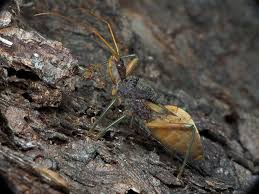
The assassin bug or kissing bug got itself that name because mostly it bites human on the face, anywhere near the lips. Now, venom researchers have found its venom system to be unique and complex. The venom researchers of the University of Queensland acknowledged that the venom system of this bug is the only one of its kind they've seen – one like no other.
The uniqueness of their venom is power as it helps them paralyze and liquefy their prey. So, all they have to do is inject their prey, wait for the paralysis and the liquefaction, and then they suck up the liquefied prey. Well, that's just for their prey because they can also use it against their predators as well but this time, it's just to defend themselves not to paralyze and liquefy the predator.
This discovery made it known that assassin bugs have 3 compartments for the production of venoms - Yes, venoms as in more than one. They have three compartments for the production of two venoms. Each of these venoms is made up of a mixture of about 100 different toxins. These compartments are connected by ducts to pumps and valves that give them the control over whichever venom they want to release.
|
Tuesday: The Brain Signals
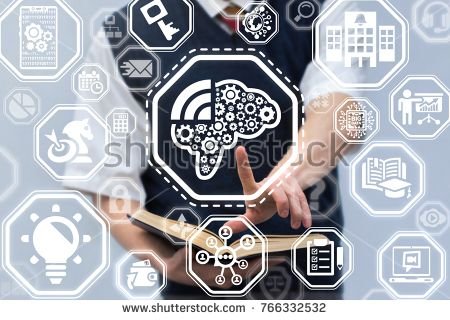
Our brain interprets to us things, words we see and hear in every day of our lives. The brain is a very important aspect of our being. It houses most of our information, our intelligence, our language, friends, family.. Like I said earlier, the brain interprets words we hear to us and that's very easy and fast. But you know, we have a lot of words in the English language, some of which are lexically ambiguous - they have different meanings and this means we are in danger of understanding or not.
Usually, an average person speaks thousands of words daily and mostly more than 100 words are said in a single conversation and as fast as possible, the brain interprets these words except for a few times when you have to think and think before you grasp the speaker's idea. It much easier when familiar words or non-contextual words are used. An example is the word "saw" -" I saw the gate-keeper but then, I was frightened, he's got a saw in his hand." The brain is able to separate these words from each other naturally but there's a signal that indicates if we comprehended what we heard or not.
This study has identified the brain signal that indicates if a person is grasping what he's being told or not. The signal can also be tracked by the readings of a "relatively inexpensive electroencephalography taken on a person's scalp - the skin of the head." There are a lot more ways this signal can eventually prove to be useful in the future. Ways that might include:
[1] Testing for language development in our infants.
[2] The confirmation of the comprehension of a worker in a critical post to ensure he understood properly the information he was given.
[3] The determination of the level of the brain's function in patients that are in a coma.
[4] Dementia test for older people by checking their ability to follow understandably a conversation.
You might need to watch this video for clarity
Wednesday: Skin bacteria against skin cancer

|
I think we all know how science is with its inquisitive nature - always desiring to know more all the time and what has science found us now? Some bacteria on our skin protect us from cancer.
It is this unique strain of the skin bacteria that bring about the chemical(6-N-hydroxyaminopurine) that kills the several types of cancer cells. The presence of this strain has been a plus to humanity but the scientists researching on this have not been able to clearly say if the absence of this strain would lead to the increase in the risk of cancer or not.
For some reasons, let me say again that it's the strain of Staphylococcus epidermidis that produces the chemical, 6-N-hydroxyaminopurine that kills the cancer cells. What does this chemical do? It attacks the DNA of the cancerous and stops the production of it thereby stopping the cancerous cells from growing and multiplying. The ability to stop the production of DNA is meant to be for something toxic or at least harmful but on the contrary, after injecting mice consistently over a long period of time, there was no toxic or harmful or toxic effect noticed on the mice.
This research is said to continue as a lot of questions have remained unanswered. Some of which might include:
[1] What happens if the chemical 6-HAP is lost?
[2] Although the bacteria S. epidermidis is very common on the healthy human skin, only about 20% might have a strain that'll produce 6-HAP. Why?
Thursday: The use of video games to enhance learning
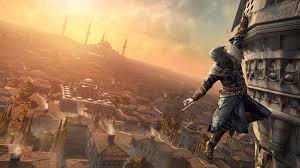
If you are a teacher, professor or a person likely to be asked about the possibility of boosting the brain of students, then you should probably see this. In this study, a video game was used to enhance the learning of about 330 high school students. The concept, "Adaptation" is the basis of the method. Marc-André Éthier who presided over this study used to new Assassin's Creed: the origin to run this testing.
Well, when I heard of Assassin's Creed: origin, I was forced to check out a review of it because most of them are always horrors and blood shedding games. This version of the Assassin's Creed is more of an educational game as it talks about Ancient Egypt. It more like a tour into Ancient Egypt.
Marc-André Éthier when researching on this got about 40 students from each of the high schools he ran the test, divided them into two groups; one of which a history teacher took the students for about 15 minutes on the "library and its environs" using the best possible method by supplying the students with facts, images, and a powerpoint presentation while on the other group were students who were told play the game on the same tour the teacher took the other group.
Finally, Marc-André Éthier got the students back after 15 minutes and set some questions for them and it so happened that the people that played the game on the computer had higher marks than the other group. It was later revealed that this was just a research work not a substitute for teachers as teachers also have a role to play in the end.
Friday: Retina scan can be used to predict the risk of heart disease
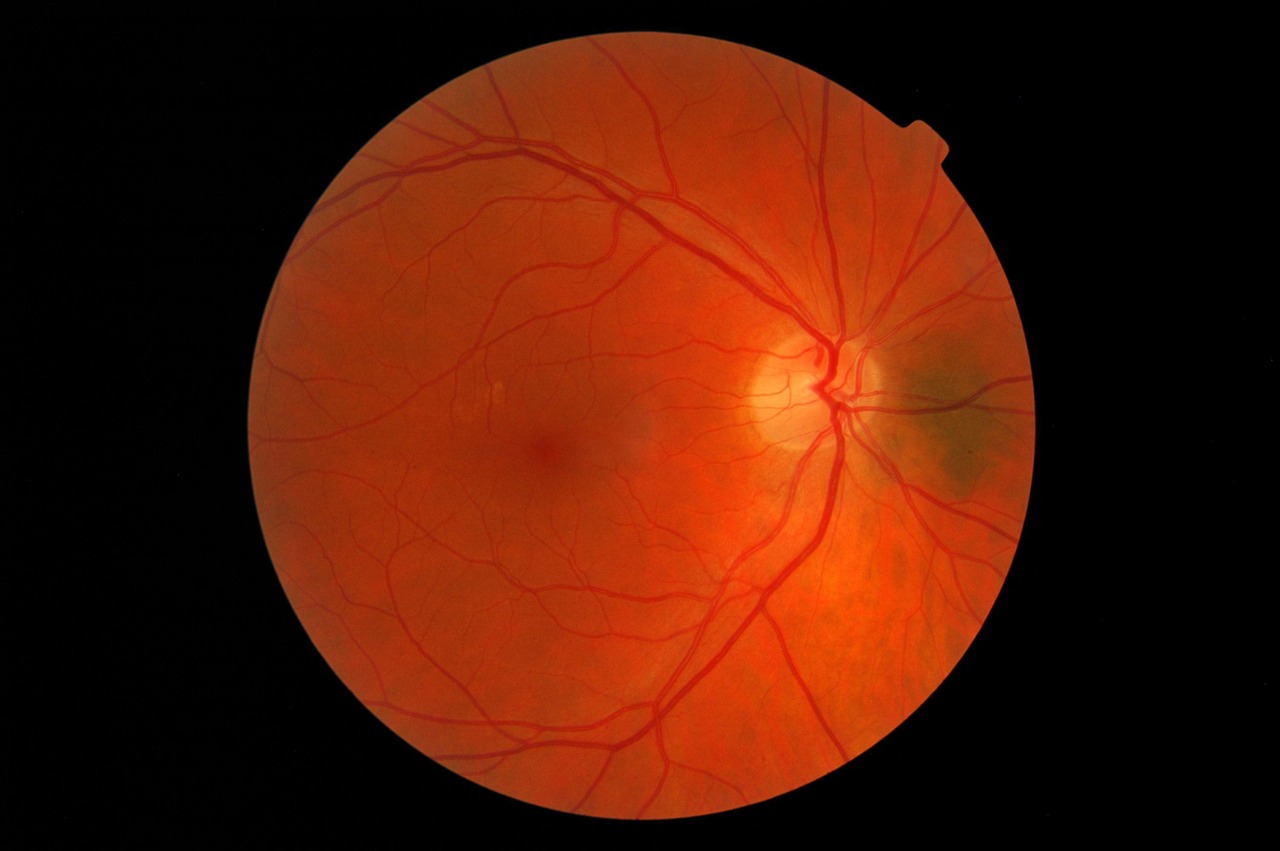
I believe we know how important our body parts are to us most especially the delicate ones and the ones that carry a lot of information about us like the eyes-our sight, the head-our ID, the brain-our memory and the rest of them. The retinas carry a lot more information than we know. Until last Friday, I didn't know the risk of a heart disease is detectable through the retina.
Verily Life Science, a Life Science research organization and some researchers from Google was able to come up with a "deep-learning algorithm that gives the same result of cardiovascular issues the current method would give err.. maybe not exactly but it should be roughly around the same result. It's definitely easier this way than the complicated tests you'd have to run if you were following the usual method of checking for cardiovascular issues.
In the study, the research team used almost 300 000 retinal fundus images tagged with information relevant to heart disease like age, smoking status, blood pressure, and BMI (Body Mass Index) to train the algorithm. Once the training was complete, the algorithm was set loose on two independent datasets of 12 026 and 999 patients for testing. Simply by looking at the images, it was able to estimate a patient’s five-year risk of heart disease as well as our best methods today, minus the associated costs.
The deep-learning algorithm wouldn't have been possible if not for the ability of the retinal blood vessels to reflect the condition of the circulatory system. The algorithm was designed to always report its focus during a diagnosis. So when it's working on things like age, blood pressure, its focus would be on a "few features of the retinal blood vessels" and it would definitely be different when working on something else.
Contrary to the introduction, I failed. I wasn't able to bring this up early enough. In fact, it ended up being worse this time around so the topic should have been WHAT I LEARNT LAST WEEK. I'm struggling to balance school and steemit.
Thank you for coming around!!
That little boy, @pearlumie.
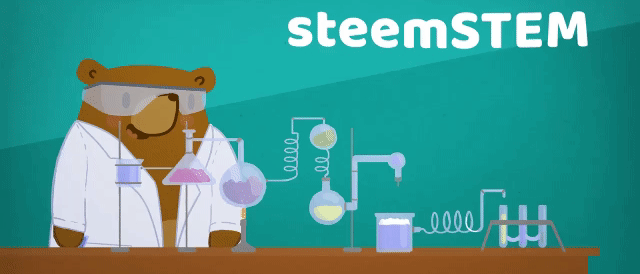
Proud Member of @steemstem
Join us on discord and rub minds with other science geeks.
Proud Member of @genesis-project
You want to join genesis-project, contact @ehiboss, @samminator, @ememovic, or @camzy, and please ignore the scammers, you don't have to pay to join @genesis-project.
Proud Member of @air-clinic
Join air-clinic's discord server. Medical practitioners needed. Anybody from any field is free to join, we do daily lectures and consultation services are available.
Contact @nairadaddy for more info.
|
ALL IMAGES WERE GOTTEN FROM WIKIMEDIA, PIXABAY AND FLICKR |


You learnt a lot this week. This is very good and educative. How can I be part of these training that teaches all these?
It's basically what I learn during my daily research I coupled up..
Being A SteemStem Member
So much of knowledge in one post.
That assassin bug is truly equipped with dome weapon(s). I was actually wondering if it actually eats humans (but i guess not)
Brain waves? Not quite my thing (Neuroscience). I would rather not meddle as i am still trying to discern the basis of the fact that we use about 10% of our brain capacity (okay!). I know that's quite off topic but that's what came to me as soon as i saw the topic. Although i realized there is still a lot of research to be done on the subject.
Seeing bacteria, i first thought of the bad ones and my mind reminded me of the need to wash my hands. I just hope this discovery can take us a step closer to the cure for that deadly disease.
Just this morning, i got to know that game addiction is about to be added to the list of diseases and getting to know that video games can be used to enhance learning is something positive for gamers. Although game developers would need to find a way to integrate educational content in their games. (i wonder how GTA would fare)
Finally,
It is not news that our generation is moving towards technological advancements daily and things like this are awesome. No one prays for heart disease but knowing it can be predicted by just an eye scan is a relief on its own.
...okay maybe i should name this comment:
i'm more intrigued on the subject of gaming and learning.
putting gaming use to good .
Are there games tho that actually enhance cognition and retention please?
im very much interested in them. thank you
Nah.. Even the game I talked about in the post was specially made for the purpose of this research. So,
maybe eventually..
Would yiu keep me posted please. Id appreciate. I really love the subject
just awesome. good work buddy. carry on, best wishes for you.